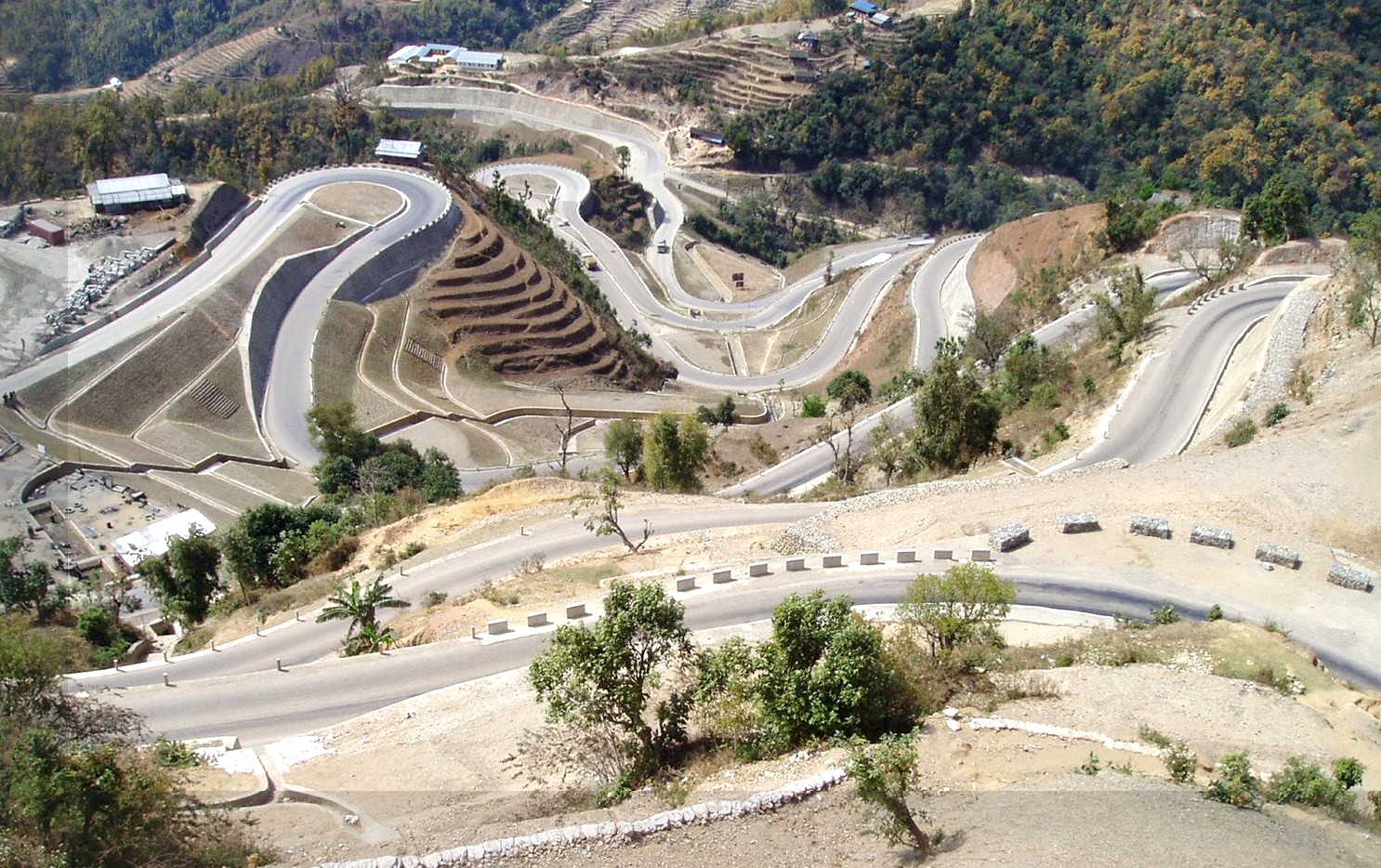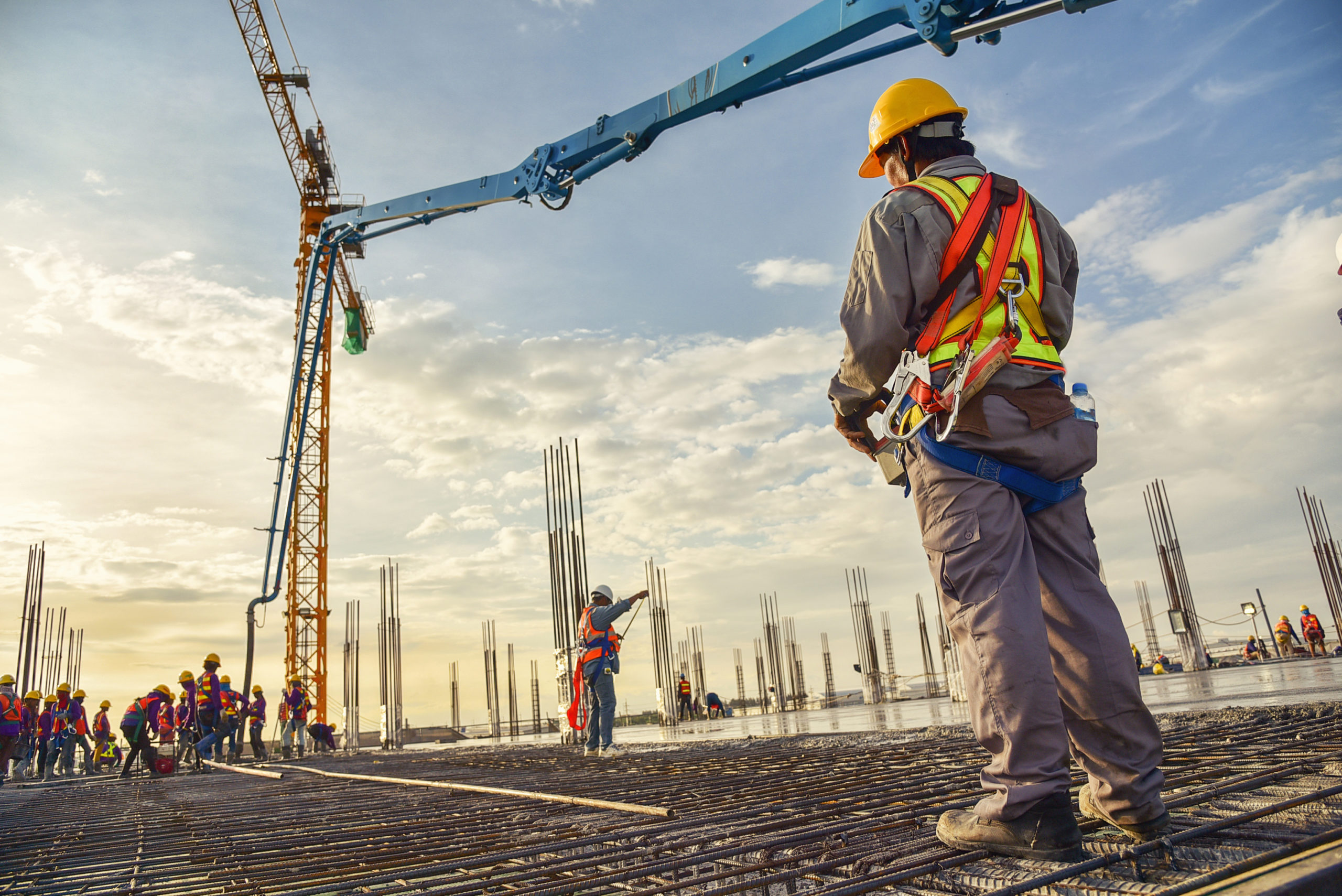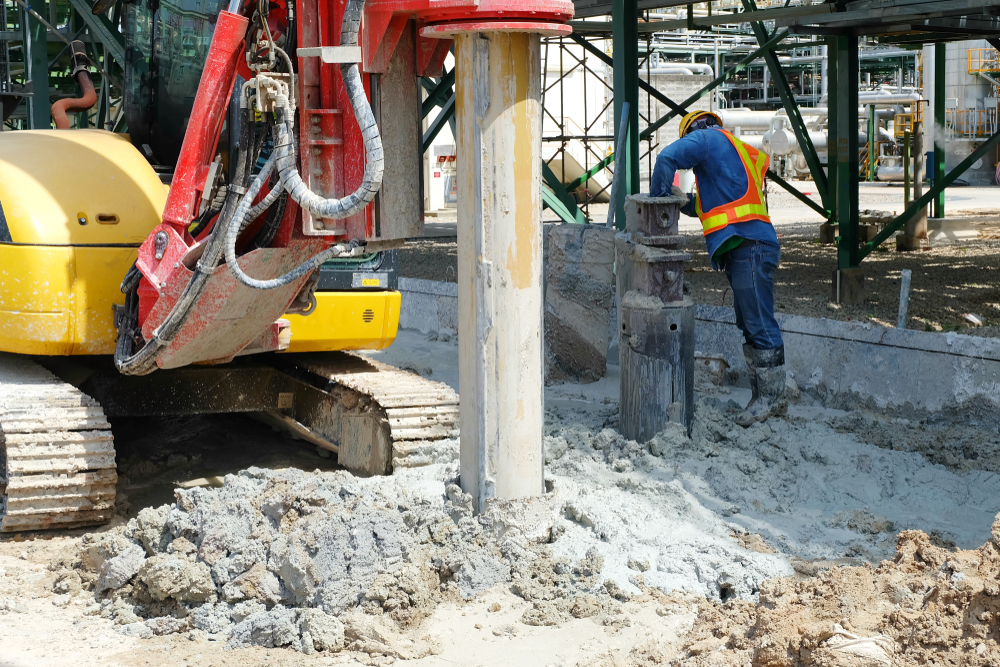The Effect of a Tailings Engineer on Lasting Mining Practices
Wiki Article
Checking Out the Innovative Strategies and Technologies Forming the Future of the Geotechnical Sector for Sustainable Engineering Solutions
The geotechnical market is undertaking a transformative shift, driven by cutting-edge strategies and technologies that stress sustainable engineering options. Advanced soil stabilization approaches, the usage of smart materials, and the application of information analytics are redefining just how we come close to framework challenges. As these developments advertise environmental stewardship, they likewise elevate essential concerns regarding their sensible application and long-lasting efficiency. Recognizing the interaction between these technologies and their prospective to transform the area invites further expedition into the future of sustainable engineering techniques.Advanced Dirt Stablizing Methods
Dirt stabilization is a crucial procedure in geotechnical engineering, targeted at enhancing the physical residential properties of dirt to improve its load-bearing capacity and sturdiness. Advanced soil stabilization methods play a crucial duty in addressing difficulties linked with unstable or weak dirts, thereby allowing safe and efficient building techniques.Among the prominent techniques, chemical stablizing includes using ingredients such as lime, concrete, or fly ash, which react with dirt fragments to develop a more natural mass. This strategy is especially reliable in enhancing the strength and wetness resistance of expansive clay soils. Mechanical stabilization, on the various other hand, entails the physical modification of soil residential or commercial properties through compaction or the consolidation of granular products, leading to improved thickness and security.
Another ingenious method is making use of geosynthetics, which provide reinforcement and reduce soil erosion while enhancing drainage. Techniques like soil blending and deep soil stablizing are also gaining grip, permitting in-situ therapy of bothersome soils. Jointly, these sophisticated methods not only enhance the efficiency of dirt structures however likewise contribute to sustainable design techniques by reducing the need for substantial excavation and material transport.
Smart Materials in Geotechnics
Technology goes to the forefront of geotechnical engineering, specifically with the incorporation of clever products that enhance the performance and performance of dirt frameworks. Smart materials, such as form memory alloys, piezoelectric materials, and self-healing polymers, are revolutionizing the method engineers come close to dirt stablizing and infrastructure long life (tailings engineer). These materials can adjust to altering ecological conditions, react to stress and anxiety, and even fix themselves, dramatically enhancing the strength of geotechnical systemsAs an example, piezoelectric products can create electrical costs in response to mechanical stress, supplying potential for real-time surveillance of dirt problems and structural honesty. Self-healing products can autonomously repair fractures and problems, reducing maintenance prices and extending the life expectancy of geotechnical properties. The integration of these wise products not just enhances the mechanical residential or commercial properties of dirt yet also adds to lasting engineering methods by reducing source consumption and ecological impact.
As the geotechnical sector remains to develop, the adoption of wise products will certainly play a critical duty in creating cutting-edge solutions, making sure that frameworks are not just robust however additionally versatile to future obstacles. This transformative approach is poised to redefine the criteria of security and performance in geotechnical design.
Information Analytics for Framework
The assimilation of clever products in geotechnical design has actually led the way for innovative techniques, specifically in the world of information analytics for framework. This cutting-edge method leverages substantial information collection and analytical methods to improve decision-making processes throughout the infrastructure lifecycle. By utilizing sensing units installed in clever materials, engineers can continuously keep track of vital specifications such as dirt stability, moisture levels, and architectural stability.Data analytics enables the makeover of raw information right into actionable insights, permitting anticipating upkeep and enhanced risk monitoring. Advanced formulas and device knowing techniques facilitate the recognition of anomalies and patterns, which can inform timely treatments and enhance resource allocation. Additionally, integrating geographic information systems (GIS) enhances spatial evaluation, more enriching the decision-making framework.
As framework jobs expand in complexity, the dependence on information analytics ends up being significantly vital. It cultivates a proactive technique, minimizing the possibility of failings and making sure the longevity and sustainability of frameworks. By using the power of information analytics, the geotechnical industry is placed to not only improve current methods yet additionally pioneer cutting-edge solutions for future infrastructure difficulties. This harmony of innovation and design principles will specify the future of sustainable facilities growth.

Lasting Ground Enhancement Techniques
Numerous sustainable ground renovation methods are becoming important remedies to deal with the challenges of geotechnical design while minimizing environmental influence. These methods not just boost soil efficiency however likewise advertise ecological stewardship by decreasing reliance on traditional, much more intrusive techniques.
Another cutting-edge technique is the application of geosynthetics, that includes naturally degradable products that enhance soil while promoting water drainage and erosion control - engineer of record. This decreases the need for hefty machinery and reduces website disturbance, therefore maintaining local environments
In addition, methods such as dynamic compaction and vibro-replacement have actually evolved to consist of sustainable techniques, lowering and incorporating recycled materials carbon impacts. These approaches exemplify the sector's change in the direction of more eco accountable remedies, guaranteeing that ground renovation not just meets design needs yet additionally contributes favorably to the surrounding environment.
Innovations in Ecological Tracking
Recently, developments in ecological monitoring have significantly enhanced the ability to examine and manage geotechnical jobs with minimal environmental disruption. Innovative innovations, such as remote sensing, Net of Things (IoT) devices, and real-time data analytics, are changing exactly how ecological influences are gauged and minimized.Remote sensing innovations, consisting of satellite imagery and air-borne LiDAR, help with the quick assessment of land use changes and ecological conditions - geo tech engineer. These tools permit for constant surveillance of sites, allowing designers to determine potential issues before they rise. In addition, IoT gadgets, furnished with sensing units for parameters like dirt temperature, moisture, and gas discharges, offer real-time data streams that enhance the understanding of site-specific ecological variables
Real-time information analytics better improve decision-making procedures by incorporating information from various sources, enabling positive monitoring strategies. This alternative method not just makes sure conformity with ecological laws yet also advertises lasting methods within the geotechnical sector.
As these advancements remain to develop, they hold the possible to link the gap between engineering purposes and ecological stewardship, cultivating a much more lasting future for geotechnical projects worldwide.
Verdict
Advanced soil stablizing methods, the assimilation of smart materials, and the application of data analytics collectively improve the resilience and efficiency of facilities. These developments not just address contemporary engineering obstacles yet also lead the method for a much more lasting future in geotechnical techniques.Methods like soil mixing and deep dirt stabilization are also acquiring grip, allowing for in-situ treatment of troublesome dirts. Jointly, these advanced techniques not only enhance the efficiency of dirt structures yet likewise contribute to sustainable design methods by minimizing the demand for considerable excavation and product transportation.

Report this wiki page